Calf muscle pain
What is calf muscle pain?
- Calf muscle pain is often a dull ache or a sharp pain in the back of your leg, behind your shinbone. It can feel a touch different for everyone. If you get pain when you’ve been doing anyone physical like running and walking. the cause is usually muscular. But if the pain comes on suddenly without a clear cause, it might be a problem with your blood vessels.
- Calf muscle pain is typically the result of such a strain, a mild injury, or leg cramps. But severe or ongoing pain in your calves is often a sign that the muscles in your lower legs aren’t getting enough blood.
What calf pain feels like?
- The calf muscle is comprised of two muscles -the gastrocnemius and the soleus. These muscles connect at the Achilles tendon, which attaches directly to the heel.
- Calf pain differs from person to person, depending on the source of pain, and can vary in nature. For some people, calf pain feels like a sharp, dull, and aching pain in the back of the lower leg, sometimes with tightness.
Sing and symptoms of calf muscle pain
- Symptoms that might indicate a more serious condition include:
- Swelling
- Unusual numbness or pale color in the calf
- Tingling and numbness in the calf and leg
- Weakness in the leg that comes on unexpectedly
- Fluid retention
- Redness of the calf
- Tenderness and warmth of the calf
- You should be consulting a doctor if you have any of these symptoms in addition to calf pain.
Causes of calf muscle pain
Calf pain may result from several different causes and can be associated with other health conditions. While you can often treat calf pain reception, other instances may require immediate medical attention.
Here are some common conditions which will be associated with calf pain.
1)Muscle cramps
- Muscle cramps are sudden, painful contractions of muscles. they will last for a few seconds or more minutes at a time.
- Cramps are regularly caused by exercise, injuries, dehydration, and mineral deficiencies. they will also be associated with more serious conditions such as:
- Hypothyroidism
- Alcoholism
- Diabetes
- Pregnancy
- Kidney failure
- Up to 50%Trusted Source of pregnant people may experience muscle cramps, especially in the time of last three
- Months before zonal leg cramps. These cramps mostly affect the calf muscle and may be related to other conditions or to taking certain medications, including diuretics, beta-blockers, and stains.
2)Muscle strain
- Muscle strains usually occur due to fatigue, or improper or overuse use of a muscle. For example, starting a new exercise regimen or improving exercises involving the legs can strain your calf muscle. This may include exercises like:
- Running
- Biking
- Powerlifting
- You’ll usually feel a muscle strain as it appears and detects the sudden onset of pain, soreness, and limited range of movement.
- Mild to moderate strains can be successfully treated at home with ice, rest, compression, and over-the-counter (OTC) pain
- Medications like:
- Acetaminophen (Tylenol)
- ibuprofen (Advil)
- Naproxen (Aleve)
- More severe strains or tears may need medical treatment.
- Sciatica results from issues with the sciatic nerve. This nerve controls muscles within the lower leg and back of the knee. It can cause pain, tingling, and numbness in the lower back. It can elongate the leg to the calf and other muscles.
- Treatment to lower pain levels may include:
- Hot or cold packs
- OTC pain medication
- Physical therapy
- Avoiding prolonged sitting or standing
4) Achilles tendonitis
- Achilles tendonitis is caused by stress on the Achilles tendon, overuse, and strain, which connects the soleus, plantaris, and gastrocnemius muscles within the back of the ankle. Common symptoms can include:
- Inflammation of the tendon
- Pain
- Stiffness within the back of the leg
- Simple home treatments can help. These may include:
- Stretching
- Reducing activity levels
- Taking OTC pain medications
- If home treatment doesn’t work or your pain is aggravative, it’s important to see a doctor.
5) Deep vein thrombosis(DVT)
- Deep vein thrombosis (DVT) is the occure of a blood clot forming in the deep vein in the arm or leg, including the calf. Multiple factors and conditions can cause DVT. These may include:
- Personal or family history of DVT
- Smoking
- Being overweight/obesity
- Pregnancy
- Complications from other conditions
- Symptoms of DVT can include Trusted Sources:
- Visible veins in the affected area
- Swelling in the foot, ankle, or leg
- Cramping
- Leg pain or tenderness
- Skin discoloration
- The vein gets firm or thickens
- The affected area of skin feels hot to the touch than the nearby area.
- The affected area turns reddish, pale, or bluish depending on skin tone.
- You should go to a doctor immediately if you develop symptoms of DVT.
6) Compartment syndrome
- Acute compartment syndrome may be a serious condition that occurs when too much pressure builds up within the muscles.
- Typically, this happens after you’ve experienced a major injury to the area, sort of a fracture or broken bone. steroid hormone use or crape bandages may also cause the syndrome. The pain related to acute compartment syndrome may be more severe than the injury itself.
- Symptoms of compartment syndrome can include:
- Severe pain that doesn’t increases after rest or medication
- Trouble moving the affected area
- Severe tightness or fullness within the muscle
- Numbness or paralysis, though these are later symptoms that will indicate permanent injury
- If you’ve got symptoms of acute compartment syndrome, visit an ER immediately.
- People also can develop chronic compartment syndrome. This causes leg pain during exercise. The pain stops when the activity is stopped. It also can cause:
- Numbness
- Difficulty moving the foot
- Visible muscle bulging
- Physiotherapy may help relieve pain for people with chronic compartment syndrome. Surgery can also be an option if this does not provide relief.
7) Claudication
- Narrowed arteries can prevent your calf muscles from receiving enough blood, which deprives them of oxygen.
- Intermittent claudication can cause muscle pain when you walk or exercise. It’s especially common in people who have diabetes or smoke or PAD.
8) Contusions
- An immediate blow to a muscle, like a kick in the calf, can damage your muscle tissue without breaking your skin.
- Calf contusions usually cause bruising and soreness.
- Severe contusions can cause compartment syndrome, a dangerous condition that forestalls blood from getting to your leg muscles.
Differential Diagnosis
- Muscle strain: gastrocnemius, soleus, plantaris
- contusion: gastrocnemius
- Compartment syndrome
- superficial posterior compartment syndrome
- deep posterior compartment syndrome
- Referred Pain – lumbar spine (Lumbar Radicular Pain or Somatic pain, myofascial structures, superior tibiofibular joint, baker’s cyst, knee posterior cruciate ligament, knee posterior capsular sprain, Knee Osteoarthritis or Ankle (Tibiotalar) Osteoarthritis
- Tendon injuries – Achilles Tendinopathy, Plantaris Tendinopathy
- Nerve entrapment – Common peroneal nerve and branches, sural nerve, tibial nerve
- Fractures (including malunion) or tension fractures (fibula, posterior cortex of the tibia)
- Vascular abnormalities – entrapment of arteria poplitea, endo-fibrosis of external arteria iliaca, aneurysm, arterial insufficiency, Deep vein thrombosis, Varicose veins e.g. superficial thrombosis, venous insufficiency
Assessment
Subjective assessment
- History with present sing and symptoms
- Inciting trauma direction and extent of injury force
- Observation Strain injuries of the calf may present with an obvious deformity similar to a defect in the muscle belly or a bulge.
- Palpation
- Tenderness
- Swelling
Treatment of Calf muscle pain
Medical treatment
- over-the-counter (OTC) medications such as
- Acetaminophen (Tylenol)
- ibuprofen (Advil)
- Naproxen (Aleve)
Physiotherapy treatment of Calf muscle pain
The aim of activity treatment is
- Relieve calf muscle pain
- Reduce muscle swelling
- Increases calf muscle strength
- Restore the patient’s confidence
- Restore patients’ full functional activity
immediate treatment
- Rest. Protect the injured area from further damage by stopping play. you’ll also use a protective device (i.e., crutches, sling).
- Ice. Use cold packs for 20 minutes at a time, several times each day. don’t apply ice openly on the skin.
- Compression. Lightly wrap the injured area with a soft bandage or ace wrap.
- Elevation. elevate the injured area to A level above the heart
Electric modalities
- Ultrasound
- Ultrasound has been used repair to tissue healing and increases blood circulation and mobility.
- to reduce swelling and pain
- Cryotherapy
- Inflammation and swelling can be reduced by applying cryotherapy in form of ice packs, and cold water baths to the affected area.
- Continuous application of colds several times a day for 25-30 minutes at a time is recommended.
- TENS
- Transcutaneous electrical nerve stimulation (TENS) may be able to help relieve pain and muscle spasms.
- IFT (Interferential therapy) here are the main clinical applications for which IFT appears to be used:
- Pain relief
- Muscle stimulation
- Increased local blood flow
- Reduction of edema
Calf stretching exercise
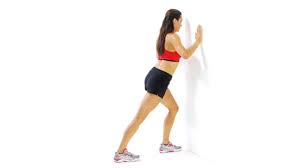
1)With a wall
Stand about an arm’s length ahead of a wall.
Place the proper leg in front of the left. Reach both arms to the wall.
Press the back (left) heel into the floor and straighten the back leg while remaining the front leg bent.
Hold this position for 15–20 seconds.
Repeat the stretch on the other side.
2)Without a wall
Place the 0ne leg in front of the other leg.
Shift the body’s weight onto the front (left) leg, while keeping the back heel pressed into the floor.
Hold this position for 15–20 seconds.
Repeat the stretch on the opposite side.
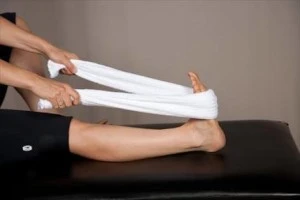
3)Towel stretch
Sit on the mat with both legs straight out in front.
Loop the face towel around the ball of one foot. Hold both ends of the towel.
Remaining the legs straight, pull the towel toward the body, and hold the position for 30 seconds. Then, relax for 30 seconds.
Repeat the stretch 3 times, then do the same on the other side.
4)Massage
- Check for contraindications
- Always check for contraindications, especially Deep vein thrombosis to make sure it is safe to perform sports massage.
- Positioning
- Position the patient on a firm base, recommended a massage table. Lie in a prone position with the feet relaxed, either by supporting them with a rolled towel or allowing the feet to hold over the end of the massage table.
- Light effleurage
- Begin with the ‘effleurage’ method. These are light stroking methods that begin to warm up the tissues ready for deeper methods.
- Deep effleurage
- As above, but progressively working deeper into the tissues. don’t go so deep that the patient tightens up with pain as the advantage will be lost.
- Petrissage
- These are a spread of kneading-type methods. Work as deep as is comfortable. Over time, because the injury enhances massage pressure can be increased. Alternate petrissage techniques with effleurage.
- Tapotement
- These are optional percussion-type methods. Some therapists may prefer to use them, but probably only within the later stages of recovery.
- Finishing
- Return to light effleurage techniques to finish the massage.
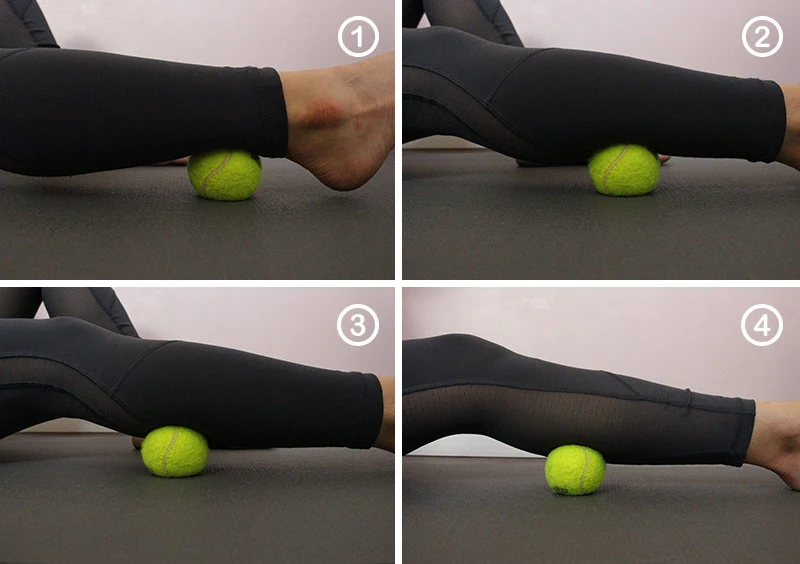
5)Inner calf ball massage
Start in a side sit position with one bent leg to the side and the other in front of your body. Position the lacrosse ball on your inner calf anywhere behind your tibia, which is your shinbone. compress your weight into the ball as if you were doing CPR. When you find an area that feels tender, hold the ball there and point and flex your foot two times before moving on to the next area.
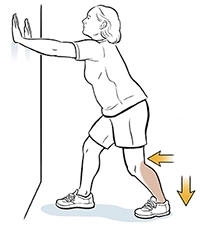
6)Solus stretch
Face a wall and stagger your feet, remaining the painful leg in the back.
With the heel of the back foot on the ground, slightly bent the knee on the painful leg.
Shift your body weight towards the wall without lifting your affected heel off the ground. Stop over when you feel a stretch in the lower part of your calf.
Hold for 20 seconds before relaxing.
3 repetitions at a time
Do this 2 times per day.
Calf muscle Strengthing exercise
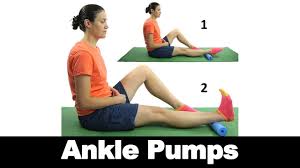
1)ATM
Straighten your knee.
Moving only your ankle, point your foot back fronting your nose. keep up until you feel discomfort or can’t tilt it back any further.
Hold this position for 10 seconds.
Return to a starting position.
Repeat 10 times.

2)Heel rise
Stand with both feet flat on the floor, shoulder-width aside
If you need support to maintain balance, steady yourself with your hand on a table.
Raise both heels up so you’re standing on your toes.
Hold for 10 seconds. Slowly return to starting position.
Repeat 15 times. Do 3 sets a day
Don’t lock your knees.
Don’t arch your back.
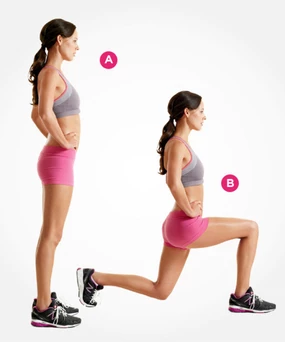
3)Lungs
Bend the knees and lower your body until the rear knee is a few inches from the floor.
At the underside of the motion, the front thigh is parallel to the bottom, the rear knee move toward the floor, and your weight is evenly distributed between both legs.
Keep off up to the starting position, keeping your weight on the heel of the front foot.

4)SLR
To start the straight leg raise, perform a pelvic tilt by lying on your back with your knees bent up and pulling your belly
button in towards your spine.
Straighten one leg out along the floor and gently up it 6 to 8 inches off the ground, before returning it to the ground.
complete 10 repetitions
Before repeating with the other leg.
5) Gastrocnemius Heel Raise
Stand together with your feet shoulder-width apart and your hands resting on a counter.
Keeping your knees straight, lift both heels within the air as you rise up through your first and second toes.
Lift your unaffected foot off the bottom and slowly lower your other heel back down over the course of 2 to 3 seconds.
Complete three sets of 10 to fifteen repetitions,
twice daily.
6)Seated march
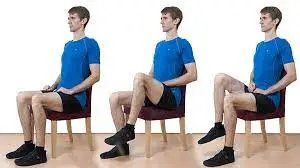
Lift your knee up toward your chest, return your foot to the floor, then do the same with your opposite leg.
7)Step ups
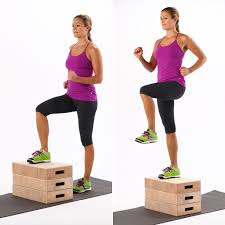
Step up so both feet are on the next step,
Then step down again.
Change the leading leg every 10 steps
8)Toe walking
Walk raise and down on the tip of your toes
wherever there is room, for example in your hall or on a garden path.
Stand on your back leg with your knee genitally bent and the heel of your front leg on the floor, and pull your toes towards you
Can calf pain be prevented?
- Always stretch before and after you exercise to strengthen and repair the calf. Don’t over-exercise, and build up moderately if you’re starting something new.
- Drink more water to avoid cramps. Magnesium supplements are shown to prevent cramps in some people, especially pregnant women, although the evidence isn’t conclusive.
- If you’ve got diabetes, keep your blood glucose levels under control to prevent diabetic neuropathy
FAQs
Can dehydration cause calf pain?
You may particularly understand leg cramps in your calf muscles and thigh muscles. you’ll also have involuntary contractions like muscle spasms. Dehydration also decreases blood volume. meaning your muscles and organs have less blood flow, leading to cramps and spasms.
When should I be concerned about calf pain?
See your doctor as soon as possible if you have: Signs of infection, like redness, warmth, or tenderness, otherwise you have a fever greater than100 F (37.8 C) A leg that’s swollen, pale, or unusually cool. Calf pain, particularly after prolonged sitting, like on a long car trip or plane ride.
How do you loosen tight calf muscles?
Stretches to relieve tight calves
Stand near a wall with one foot ahead of the other, front knee gently bend.
remain your back knee straight, your heel on the bottom, and lean toward the wall.
Feel the stretch right along the calf of your back leg.
Hold this stretch for 15 – 20 seconds.
What is the best medicine for calf pain?
OTC medications: Calf pain can also be soothed with over-the-counter pain relievers such as ibuprofen (Advil), acetaminophen (Tylenol), or naproxen (Aleve).
moderate movement: Light stretching may help ease calf pain.
Common exercises may include: calf raises.
When is calf pain a blood clot?
A grume during a leg vein may cause pain, warmth, and tenderness within the affected area. Deep vein thrombosis (DVT) happens when a thrombus forms in one or more of the deep veins within the body, normally within the legs. Deep vein thrombosis can generate swelling or leg pain. Sometimes there aren’t any noticeable symptoms.

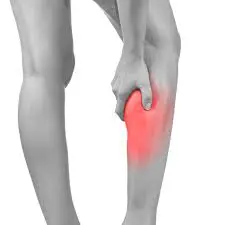
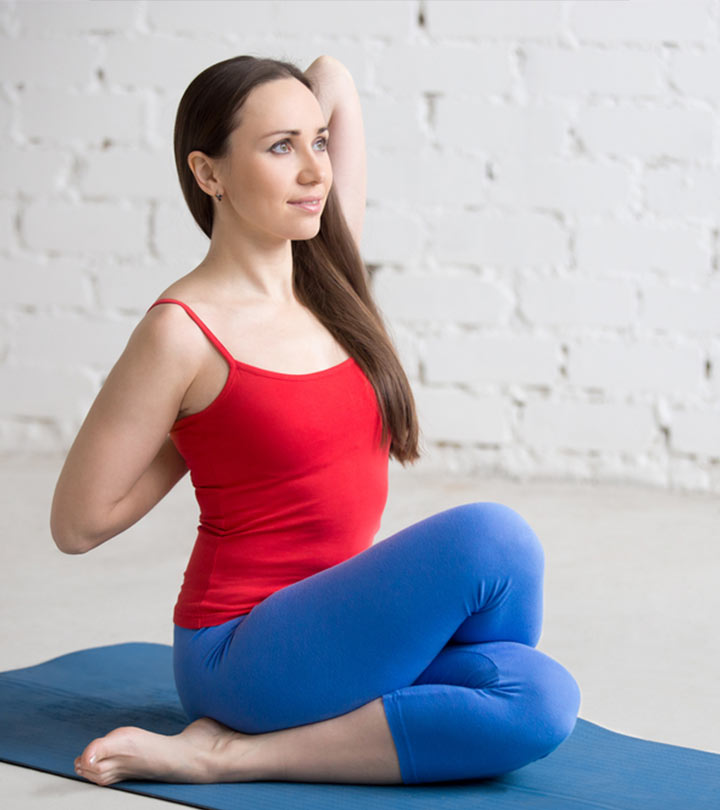
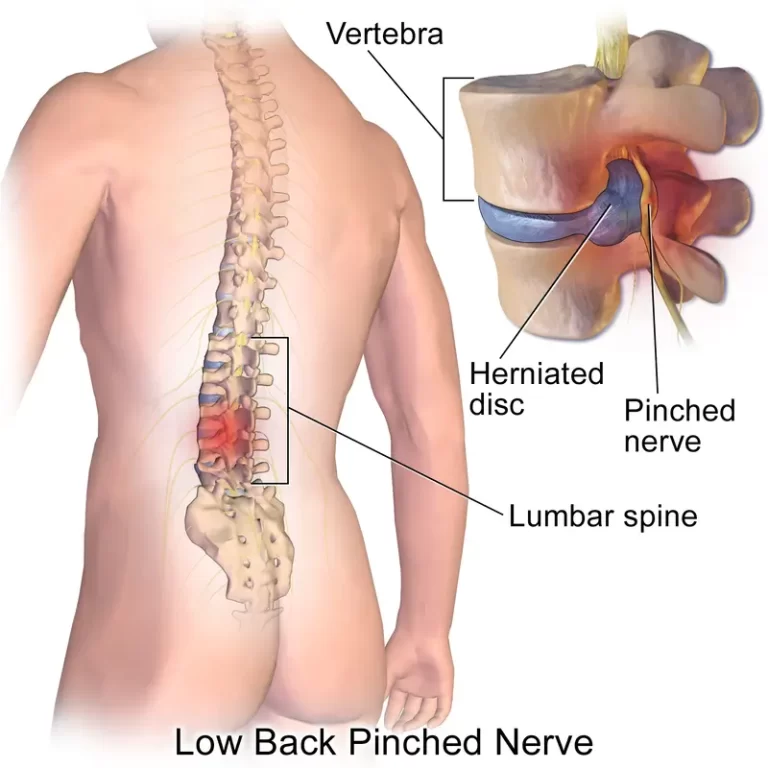
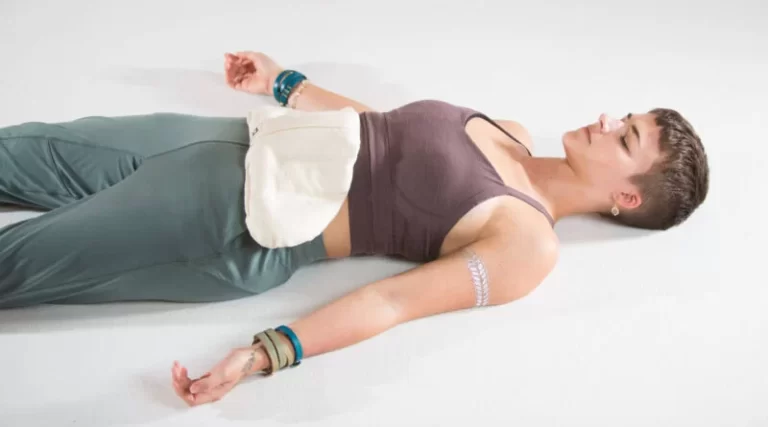

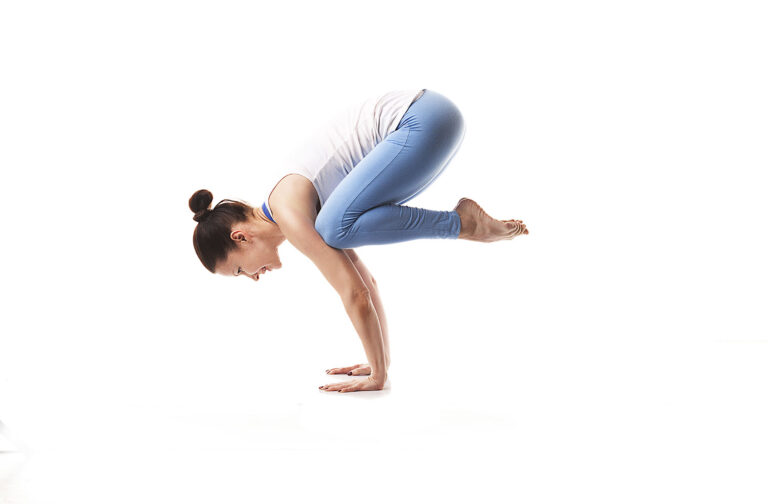
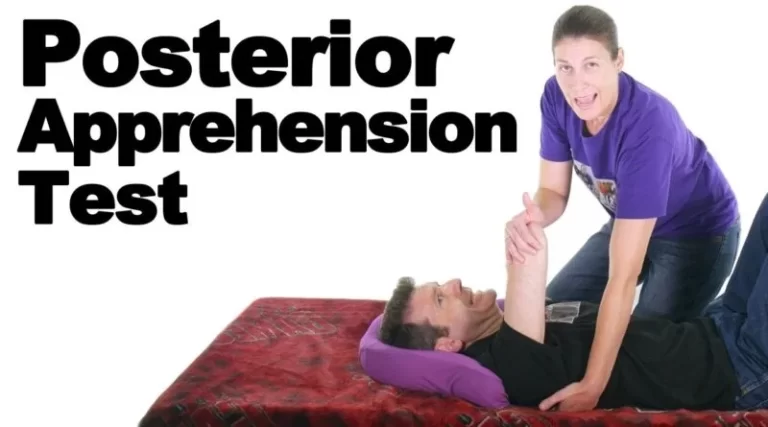
2 Comments